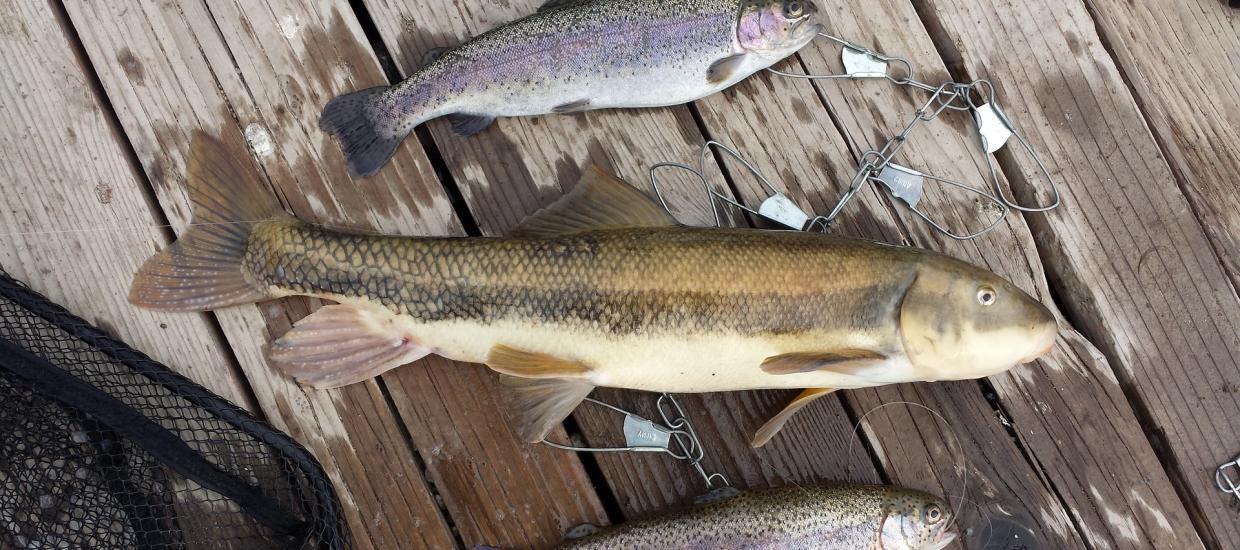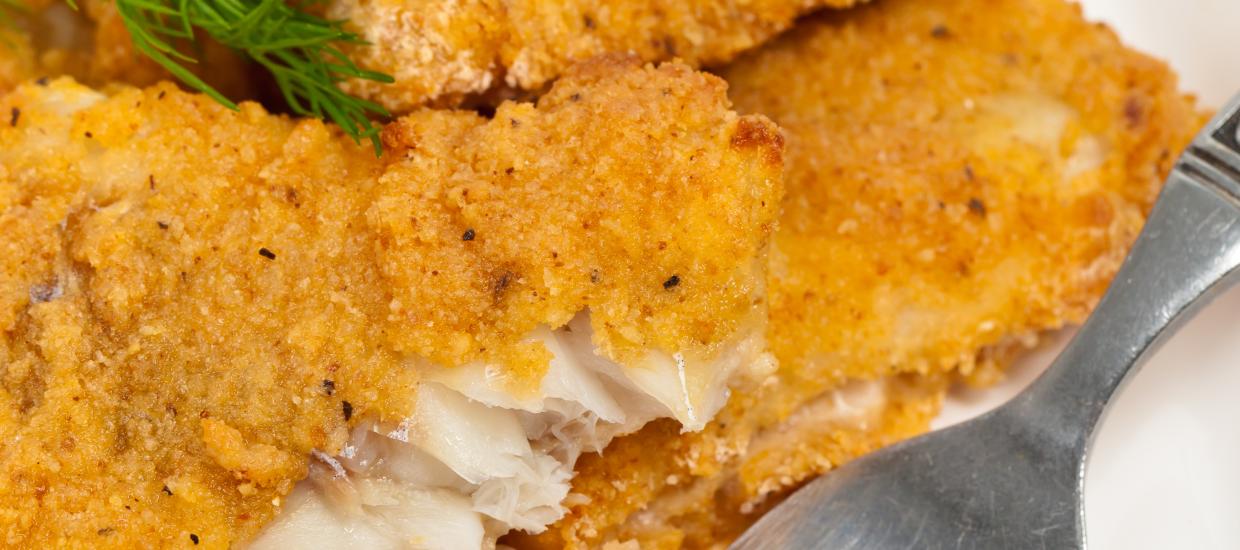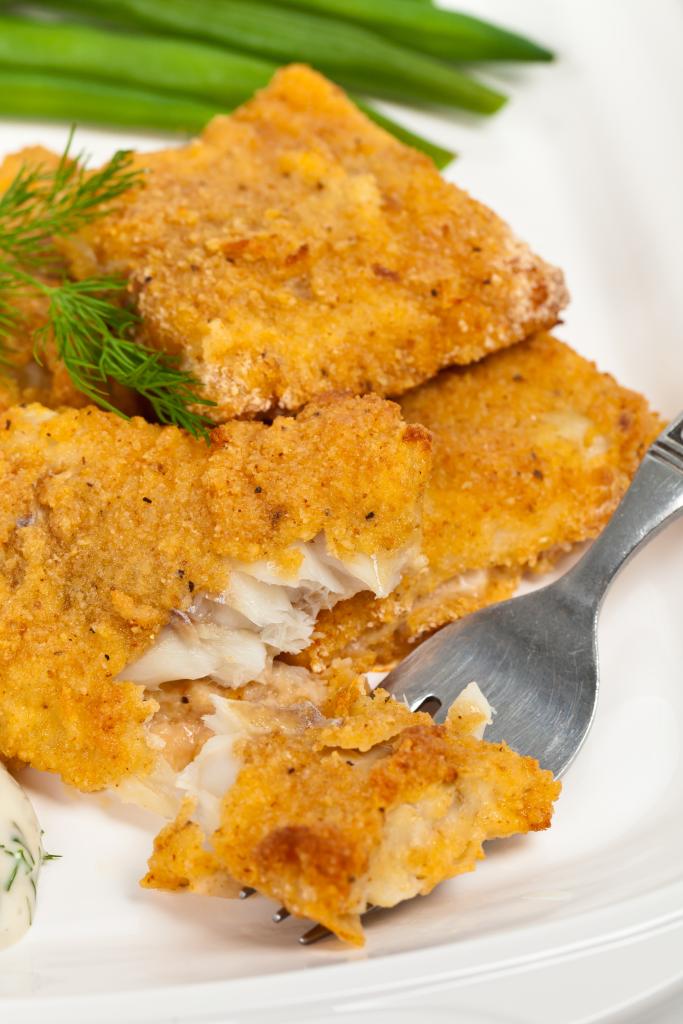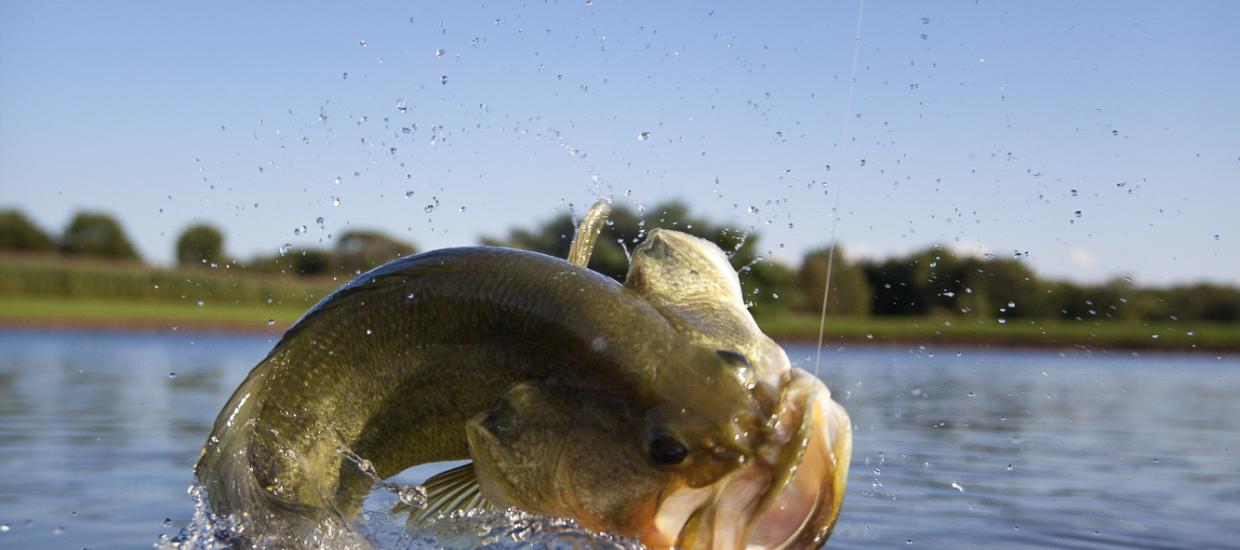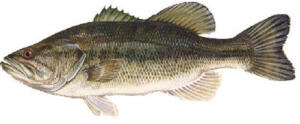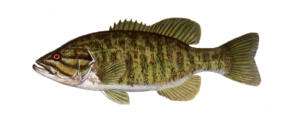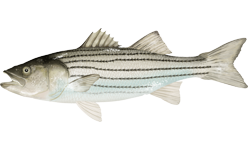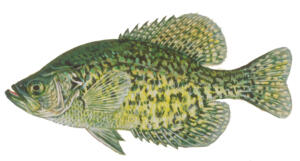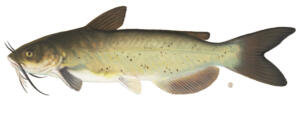A trotline is a long rope or cord, used for fishing, which features with multiple hooks that dangle from it.
These lines require little attention or effort to maintain.
The wonderful thing about a trotline is that you are fishing without standing there for hours on end.
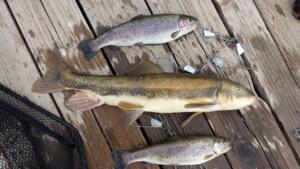
You can put the line out and then in the morning go back to it for your fish.
As you take the fish off the line, you can replace the bait and throw it right back in the water!
Setting up Your Line
First, bait the hooks with the bait of your choosing. Live bait, such as worms, shrimp and minnows, usually work well.
After baiting each hook, simply attach one end to a tree limb or something similar on one side of the lake.
Next, extend the rope out to its full length, and tie to opposite end to a second anchor. Be sure the line is submerged in the water and not sitting at the surface.
Caution and Local Laws
Make sure to always clearly mark your trotline, as it can be dangerous to others who are swimming or fishing in the area.
You can mark these lines by attaching such things as plastic jugs to the anchor points to call attention to where you line extends to and from.
Many states have laws in place limiting how long a trotline can be out, how it has to be marked, and a limit to the number of hooks that can be used.
Check with your local game and wildlife ranger for more information.
Making a Trotline
The easiest way to get a trotline is to buy a pre-made one, like this one from Bass Pro Shop.
You can also create one out of rope, cord, and fishing hooks, dangling a hook from the rope every three to five feet or so. You can find easy, step-by-step instructions here.
Why a Trotline?
Trotlines are fantastic for catching a large number of fish in a relatively short period of time, particularly catfish.
These edible fish are perfect for throwing a big get together at the lake, such as a fish fry!
Or you can always filet and then freeze the fish, which can keep for up to six months and is an excellent source of protein.

